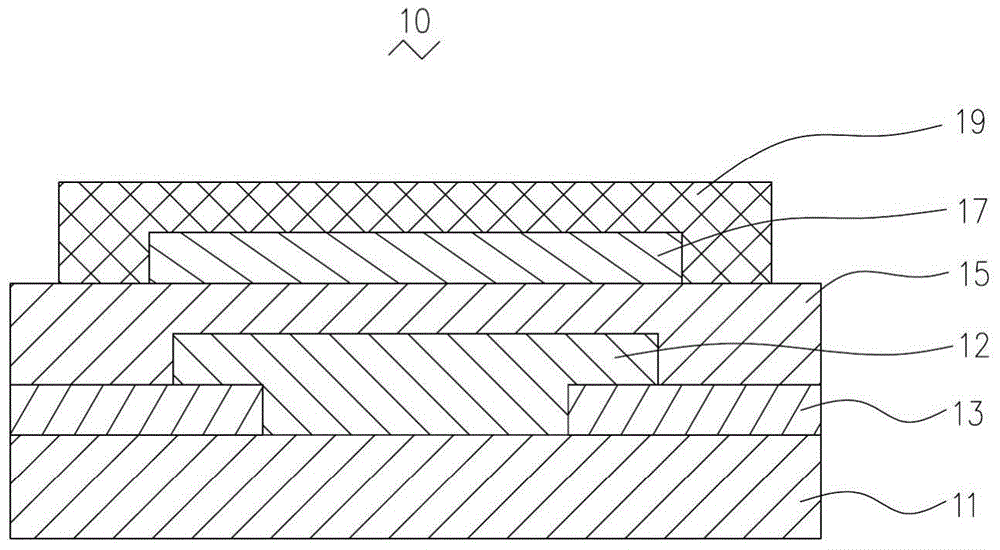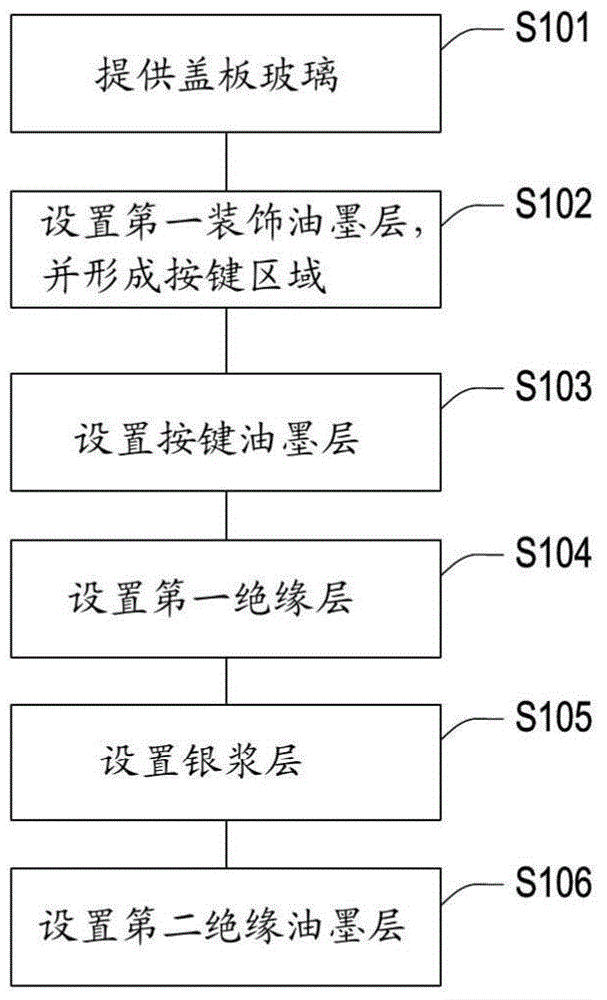Touch control press key structure, electronic equipment and manufacturing method of touch control press key structure
A manufacturing method and button technology, applied to the touch button structure, touch button structure manufacturing, and electronic equipment fields, can solve the problems of increasing the thickness of mobile phones and achieve good insulation effects
- Summary
- Abstract
- Description
- Claims
- Application Information
AI Technical Summary
Problems solved by technology
Method used
Image
Examples
Embodiment Construction
[0037] The following will clearly and completely describe the technical solutions in the embodiments of the present invention with reference to the accompanying drawings in the embodiments of the present invention. Obviously, the described embodiments are only some, not all, embodiments of the present invention. Based on the embodiments of the present invention, all other embodiments obtained by persons of ordinary skill in the art without creative efforts fall within the protection scope of the present invention.
[0038] see figure 1 and figure 2 , the first embodiment of the present invention provides a touch key structure 10 . The touch button structure 10 of the present invention can be installed in various mobile electronic devices that need to realize the touch function, such as mobile phones and tablet computers. In this embodiment, the touch key structure 10 is arranged on the electronic device 20 , so as to be convenient for realizing the required touch operation ...
PUM
| Property | Measurement | Unit |
|---|---|---|
| Thickness | aaaaa | aaaaa |
| Thickness | aaaaa | aaaaa |
Abstract
Description
Claims
Application Information
 Login to View More
Login to View More - Generate Ideas
- Intellectual Property
- Life Sciences
- Materials
- Tech Scout
- Unparalleled Data Quality
- Higher Quality Content
- 60% Fewer Hallucinations
Browse by: Latest US Patents, China's latest patents, Technical Efficacy Thesaurus, Application Domain, Technology Topic, Popular Technical Reports.
© 2025 PatSnap. All rights reserved.Legal|Privacy policy|Modern Slavery Act Transparency Statement|Sitemap|About US| Contact US: help@patsnap.com



